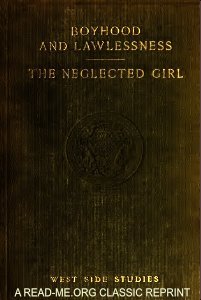By Carla P. Davis
This book offers an ethnographic study of the lives of girls in the juvenile justice system. Based on rich, narrative accounts, the girls at the center of the study are viewed as confronted with the power of simultaneous race, class, and gender hierarchies. Through this framework, we see how the girls navigate this challenge by seeking status in their everyday lives: in their families; juvenile justice institutions; and neighborhood organizations, including gangs. Through analyzing the ways that the girls strive for higher social status, this book provokes debate about how policies and programs may be creatively rethought to incorporate this pursuit. Girls and Juvenile Justice offers a glimpse into the hearts, minds, and souls of adolescent girls. It will be of great interest for scholars of criminal justice, sociology, women’s studies, and social-psychology.
Cham, SWIT: Palgrave Macmillan, 2017. 195p.




